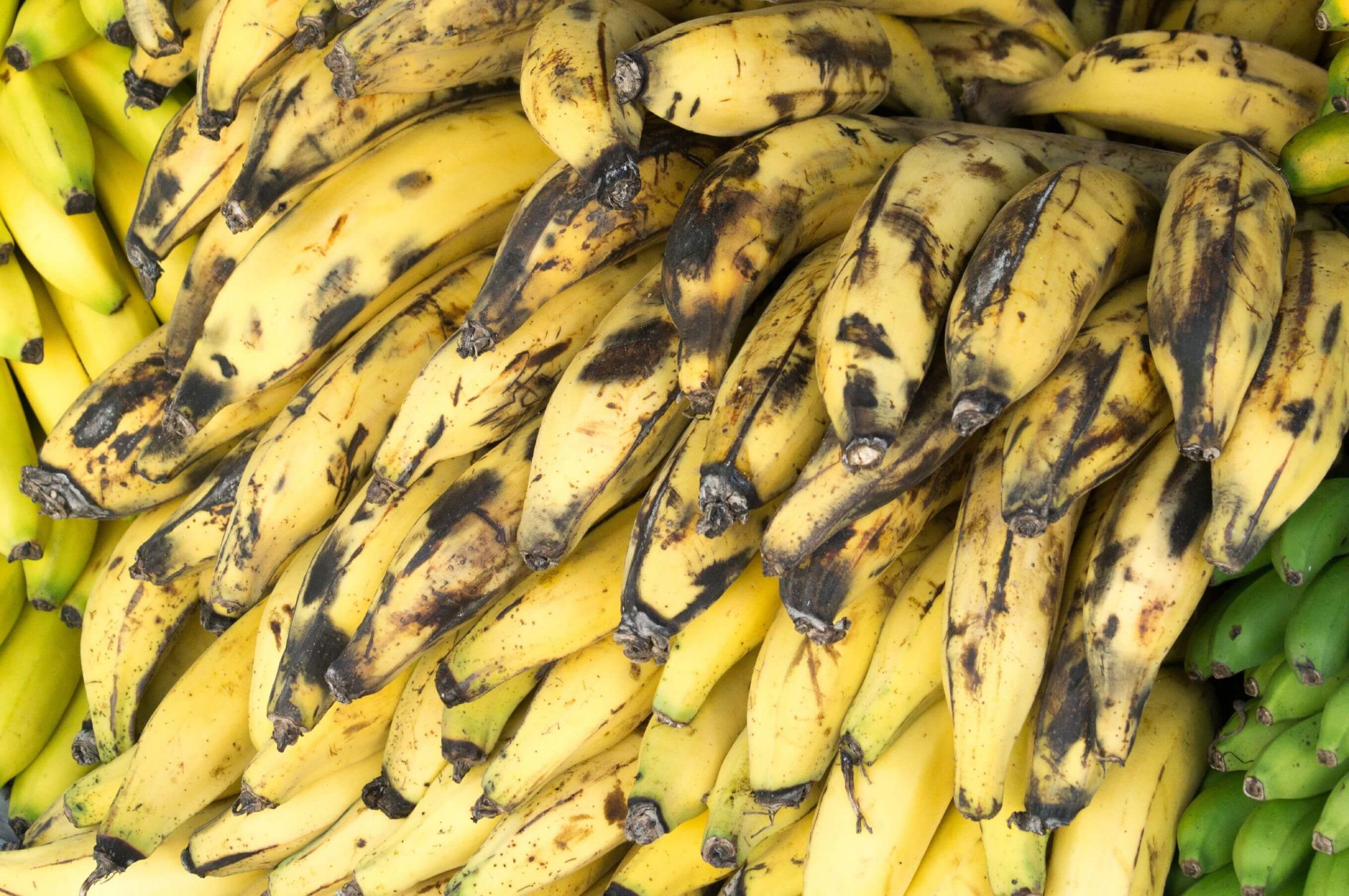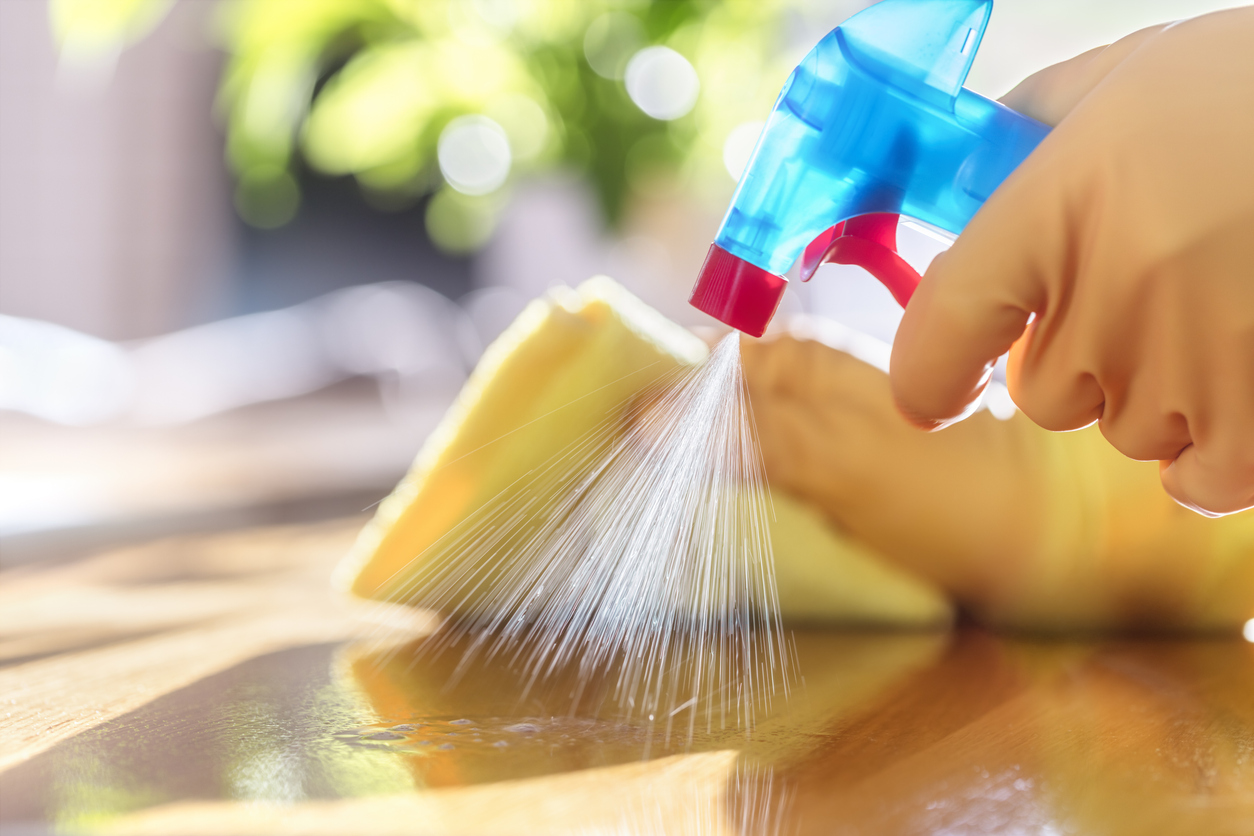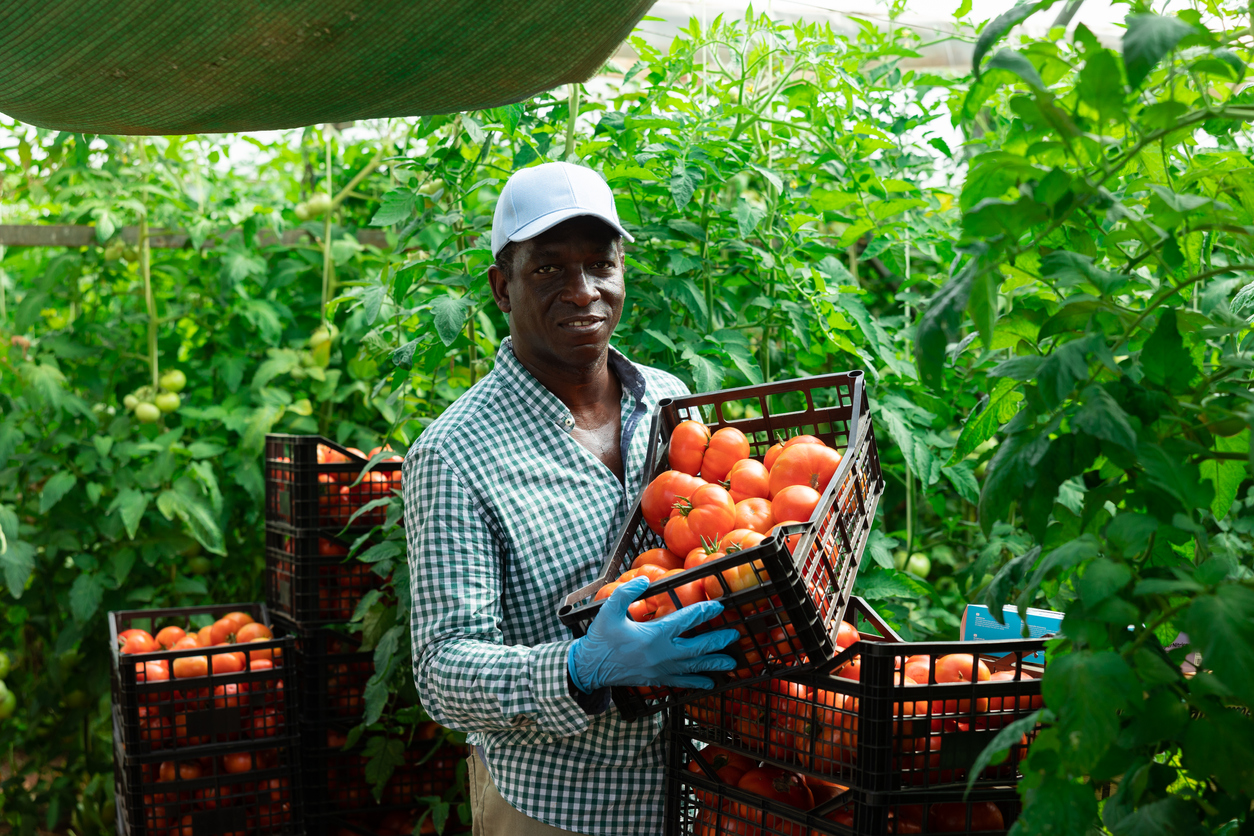Exploring the Rich Heritage of Plantain in the Philippines with Wigmore Trading
Exploring the Rich Heritage of Plantain in the Philippines with Wigmore Trading
Are you ready to embark on a delicious journey through the rich heritage of plantain in the Philippines? Join us as we delve into the fascinating world of this versatile fruit, brought to you by Wigmore Trading. From its historical significance to its mouthwatering culinary uses, get ready to be amazed by all that plantain has to offer. Whether you’re a food enthusiast or simply curious about exploring new flavors, this blog post will leave you craving for more! So grab your appetites and let’s dive right in!
What is a Plantain?
Plantains are a type of banana, grown in the Philippines. They are beloved for their sweet and savory flavors, and are often eaten cooked or as a side dish. Plantains grow in clusters on long vines, and can be eaten raw or cooked.
Where does the Philippines have the most Plantains?
The Philippines has a long and rich history with plantains. Plantains have been grown in the Philippines for over 2,000 years and are known as the “national fruit”. The popularity of plantains is due to their many uses – they can be eaten as a snack, used in desserts or drinks, or cooked into dishes.
There are many places in the Philippines where you can find great examples of Philippine cuisine that includes plantains. One example is the city of Davao which is famous for its street food. There you can find vendors selling all sorts of dishes that include plantains such as chicken adobo with plantain sauce, barbecued pork with plantain salsa, and fried chicken with vegetable dipping sauce.
In addition to street food, there are also restaurants that serve Filipino cuisine that features plantains. One example is the restaurant Aling Natin at Resorts World Manila which serves traditional Filipino dishes such as lumpia (pan-fried dumplings filled with pork or shrimp), sinigang (a sour soup made from meat, vegetables and shrimp), and kinilaw (a salad made from mixed greens, boiled eggs, anchovies and sugar).
If you’re looking to explore the different ways that Filipinos use plantains then you should check out Wigmore Trading’s online store which sells a variety of products including cookbooks, posters and t-shirts that feature Philippine recipes that include plantains.
History of the Plantain in the Philippines
The plantain has a long and colourful history in the Philippines. The first recorded mention of the plantain is from an old Chinese document that mentions traders travelling through the region harvesting the fruit. Over time, the plantain has grown into an important part of Philippine cuisine.
Some of the most popular dishes made with plantains include adobo, bangus ube, hamonado, and bibingka. Adobo is a simple yet delicious dish made by sautéing garlic and ginger in oil until softened. Bangus ube is a type of fish cake made from mashed sweet potato and eggs. Hamonado is simply a mixture of ground pork, chicken liver, and spices that is deep-fried until golden brown. Bibingka is a type of traditional cake made from rice flour, coconut milk, sugar, and egg whites. It usually takes several hours to make bibingka properly, so it’s often served as a dessert after dinner.
Plantains are also used in other traditional Filipino dishes such as sinigang (a sour soup) and balut (a duck embryo cooked in its own blood). Sinigang is usually composed of tamarind sauce, chicken stock or broth, shrimp paste or prawns, calamansi juice or lime juice, sugar, vinegar or rice vinegar, salt, and more than one type of vegetable such as potatoes or corn. Balut is basically boiled duck embryos wrapped in leaves and then
How to Enjoy Plantains: Cooking, Eating, and Recipes
There’s a lot of debate surrounding the origin of the plantain. Some say that it comes from Africa, while others argue that it’s indigenous to the Philippines. Regardless of where it originated, what we know for sure is that this versatile fruit is enjoyed all over the world.
Cooking with Plantains:
Plantains can be cooked in a variety of ways, but they are especially well-suited for savory dishes. For example, try cooking plantains in a skillet over medium-high heat until they are golden brown and crispy on both sides. You can also fry them up as snacks or use them as a base for other ingredients in recipes.
Eating Plantains:
Plantains are great eaten fresh out of hand, but they also make great additions to salads or as part of a stir-fry dish. You can also cook them up into mashed potatoes or use them in place of bread crumbs when you make something like chicken tenders or fish fingers. Don’t forget about dessert! Try serving plantains sliced into rounds and topped with honey or ice cream.
Summary
The Philippines is home to many unique and interesting plants, and one of these is the plantain. This fruit-bearing plant is endemic to the Philippines, and has a rich history and cultural significance.
Plantains are members of the banana family, and are thought to have originated in Central America. They were first brought to the Philippines by Spanish colonists in the 16th century, and became an important part of Filipino cuisine.
Today, plantains are popularly eaten as snacks, cooked into dishes such as tapa (a type of pancake) or arroz caldo (a soup), or used in desserts like gulaman (a type of ice cream). They are also used as ingredients in traditional medicines.
The plantain’s rich history and cultural significance makes it a valuable resource for the Philippines economy. The fruit can be harvested agriculturally, or traded internationally for goods such as foodstuffs or pharmaceuticals.







Comments are closed.